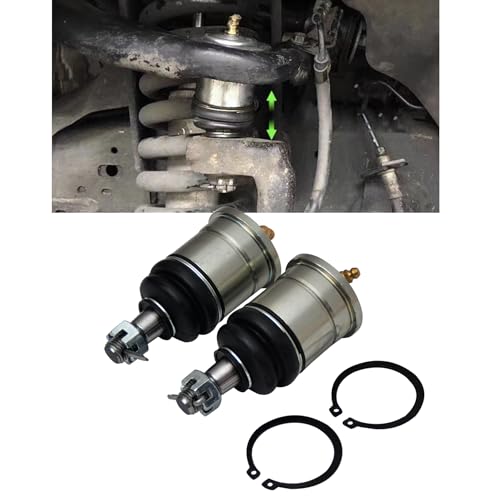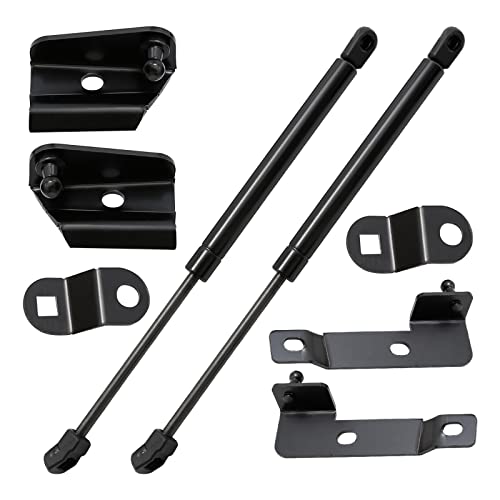You have every right to complain.
While the gauge of wire chosen might be suitable for a short distance, the voltage is reduced over distance.
It's a simple process really - every wire represents a resistance, which causes the voltage to drop simply by the wire's existence.
The problem in the automotive arena is that with something drawing power (watts) on the other end of the wire, if it can't get (say) 12V times 20A = 240watts, if it needs 240watts and the voltage has dropped to 10V, it will try to draw 24A. The increase in current actually (at an atomic level) represents an increase in the number of electrons trying to shuffle along the cable - because electricity is really the passing of an electron from one metal atom to another, and the voltage is proportional to the energy that each electron has. This increase in the number of electrons creates an increase in heat - basically, the more current flowing through the wire, the hotter it gets.
This problem really becomes evident with large trailers and caravans. Each wheel will draw about 6.5A on its electric brake, so 4 wheels draw 26A. I was reading somewhere where an auto electrician had used 40A cable considering it to be large enough - but because of the tyranny of distance, the cable ended up melting through its conductor and catching alight.
For distances over about a metre I'd be going up to the heavier gauge wire. For 20A installations - and really, that's what any power to the tub should be rated at - use 60A cable (6 sq mm) at an absolute minimum. There's a guy that writes a lot of stuff about electrical wiring and I've learnt a lot from him - Collyn Rivers - he actually says to use a much heavier gauge for that distance - read the section on "12V Fridges"
on this page.
The cable that I use is 6 sqmm and it comes as a doube-insulated twin core (so positive and negative surrounded by a sheath). It's adequate, not perfect. But it's a damn sight better than <2sqmm cable, which is not only ridiculous it's downright dangerous.


























 It takes her 8 minutes to dry her mop. I need to work out what size of inverter will cope with 1500+ watts for 8 minutes and how much amps it will suck in 8 mins. Anybody know?
It takes her 8 minutes to dry her mop. I need to work out what size of inverter will cope with 1500+ watts for 8 minutes and how much amps it will suck in 8 mins. Anybody know?